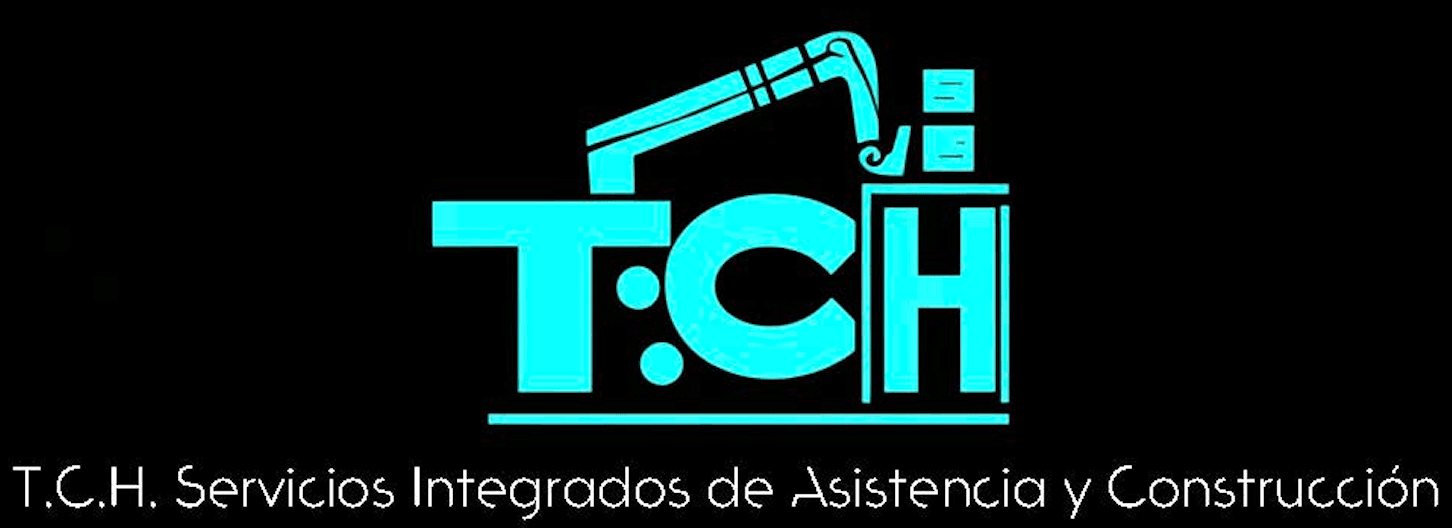Expert Tips for Sustainable Residential Construction in CDMX
Understanding Sustainable Construction
In recent years, sustainable residential construction has gained significant traction in Mexico City (CDMX). The focus is on creating homes that are environmentally friendly, energy-efficient, and resource-saving. This approach not only benefits the planet but also results in cost savings for homeowners.
Sustainable construction involves using materials and practices that minimize environmental impact. It includes everything from the choice of materials to the design of the home and the construction methods employed. By implementing sustainable practices, builders can reduce waste, lower energy consumption, and create healthier living environments.

Choosing the Right Materials
One of the key components of sustainable construction is selecting the right materials. Builders are encouraged to use materials that are locally sourced and have a low environmental impact. This includes recycled materials, bamboo, and sustainably harvested wood.
Additionally, using materials that improve energy efficiency is crucial. For instance, incorporating high-performance insulation and energy-efficient windows can significantly reduce heating and cooling costs. These choices not only promote sustainability but also enhance the longevity and durability of the construction.
Benefits of Sustainable Materials
- Environmental Protection: Reduces deforestation and pollution.
- Energy Efficiency: Lowers energy bills and dependence on nonrenewable resources.
- Healthier Living Spaces: Minimizes exposure to toxins and improves indoor air quality.

Designing for Energy Efficiency
The design phase of residential construction is a critical opportunity to incorporate energy-efficient features. Passive solar design, for example, maximizes natural light and heat, reducing the need for artificial lighting and heating. Effective insulation and strategic window placement can also help maintain comfortable indoor temperatures.
Moreover, integrating renewable energy sources like solar panels can further reduce a home's carbon footprint. These systems can be designed to supply a significant portion of the household's energy needs, providing long-term savings and sustainability.
Implementing Smart Home Technology
Another way to enhance sustainability is by integrating smart home technology. These systems can optimize energy usage by automatically adjusting heating, cooling, and lighting based on occupancy and time of day. This leads to more efficient use of resources and increased comfort for residents.

Water Conservation Techniques
Water conservation is an essential aspect of sustainable residential construction in CDMX. Implementing rainwater harvesting systems allows homeowners to collect and use rainwater for irrigation and non-potable applications. Low-flow fixtures and dual-flush toilets can also significantly reduce water usage.
Furthermore, landscaping with native plants that require minimal water can enhance the aesthetic appeal of a property while conserving water resources. These strategies not only reduce water bills but also contribute to the preservation of local water ecosystems.
Final Thoughts on Sustainable Practices
Sustainable residential construction in CDMX is more than just a trend—it's a movement towards creating homes that respect the environment while providing economic benefits to homeowners. By choosing sustainable materials, designing for energy efficiency, utilizing smart technologies, and conserving water, builders and homeowners alike can contribute to a more sustainable future.
As awareness grows, these practices will become standard in residential construction, paving the way for a greener, more sustainable city.
